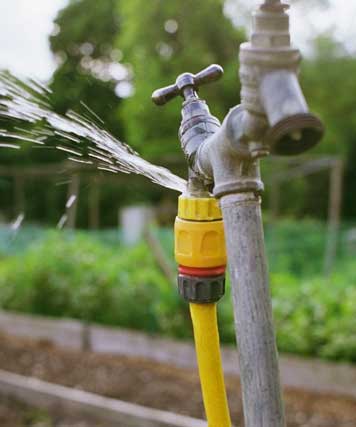How to Check If Your House Has a Surprise Leakage
How to Check If Your House Has a Surprise Leakage
Blog Article
In this article in the next paragraph yow will discover more brilliant content about Leaking water lines.
.jpg)
The moment you discover a leak, calling your plumber for fixings is the very best remedy. Some little water leaks might not be noticeable. Here are some hacks that assist if you can not spot it with your nude eyes.
Early detection of leaking water lines can minimize a prospective calamity. Besides saving you money, it will certainly minimize the aggravation and stress.
Inspect Water Intake
Evaluate your water expenses and also track your water consumption. As the one paying it, you need to notice if there are any type of inconsistencies. If you spot sudden changes, despite your consumption being the same, it suggests that you have leakages in your plumbing system. Bear in mind, your water bill should drop under the exact same variety every month. A sudden spike in your expense suggests a fast-moving leak.
At the same time, a steady rise on a monthly basis, even with the same behaviors, reveals you have a slow-moving leakage that's additionally gradually escalating. Call a plumber to thoroughly examine your residential or commercial property, especially if you feel a warm area on your floor with piping beneath.
Evaluate the scenario and also evaluate
Property owners must make it a behavior to inspect under the sink counters as well as also inside cabinets for any type of bad odor or mold and mildew growth. These 2 red flags show a leak so punctual interest is needed. Doing regular evaluations, also bi-annually, can conserve you from a major problem.
Check Out the Water Meter
Inspecting it is a guaranteed method that assists you uncover leaks. If it relocates, that indicates a fast-moving leakage. This suggests you might have a slow-moving leakage that might also be below ground.
Asses Exterior Lines
Don't fail to remember to check your outdoor water lines as well. Should water seep out of the connection, you have a loosened rubber gasket. One small leak can squander tons of water and spike your water expense.
Do a Food Coloring Test
When it comes to water usage, 30% comes from commodes. If the color somehow infiltrates your dish during that time without flushing, there's a leakage between the container as well as bowl.
Examine for discolorations and compromising as a lot of devices and also pipes have a life expectations. If you suspect leaking water lines in your plumbing system, do not wait for it to rise.
The moment you find a leak, calling your plumber for repairs is the ideal solution. Some little water leaks may not be visible. Examining it is a proven way that helps you uncover leaks. One tiny leakage can waste tons of water and spike your water bill.
If you presume leaking water lines in your plumbing system, don't wait for it to intensify.
WARNING SIGNS OF WATER LEAKAGE BEHIND THE WALL
PERSISTENT MUSTY ODORS
As water slowly drips from a leaky pipe inside the wall, flooring and sheetrock stay damp and develop an odor similar to wet cardboard. It generates a musty smell that can help you find hidden leaks.
MOLD IN UNUSUAL AREAS
Mold usually grows in wet areas like kitchens, baths and laundry rooms. If you spot the stuff on walls or baseboards in other rooms of the house, it’s a good indicator of undetected water leaks.
STAINS THAT GROW
When mold thrives around a leaky pipe, it sometimes takes hold on the inside surface of the affected wall. A growing stain on otherwise clean sheetrock is often your sign of a hidden plumbing problem.
PEELING OR BUBBLING WALLPAPER / PAINT
This clue is easy to miss in rooms that don’t get much use. When you see wallpaper separating along seams or paint bubbling or flaking off the wall, blame sheetrock that stays wet because of an undetected leak.
BUCKLED CEILINGS AND STAINED FLOORS
If ceilings or floors in bathrooms, kitchens or laundry areas develop structural problems, don’t rule out constant damp inside the walls. Wet sheetrock can affect adjacent framing, flooring and ceilings.
https://www.servicemasterbyzaba.com/blog/how-to-detect-water-leakage-in-walls/

As a serious person who reads about Top leak detection hacks, I was thinking sharing that section was smart. Sharing is good. Helping others is fun. Many thanks for going through it.
Report this page